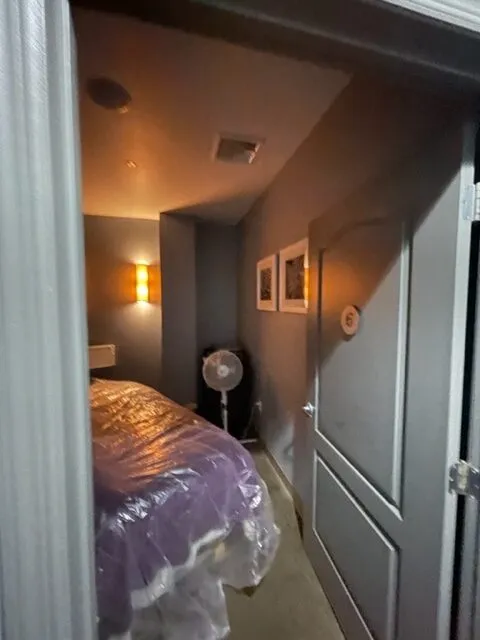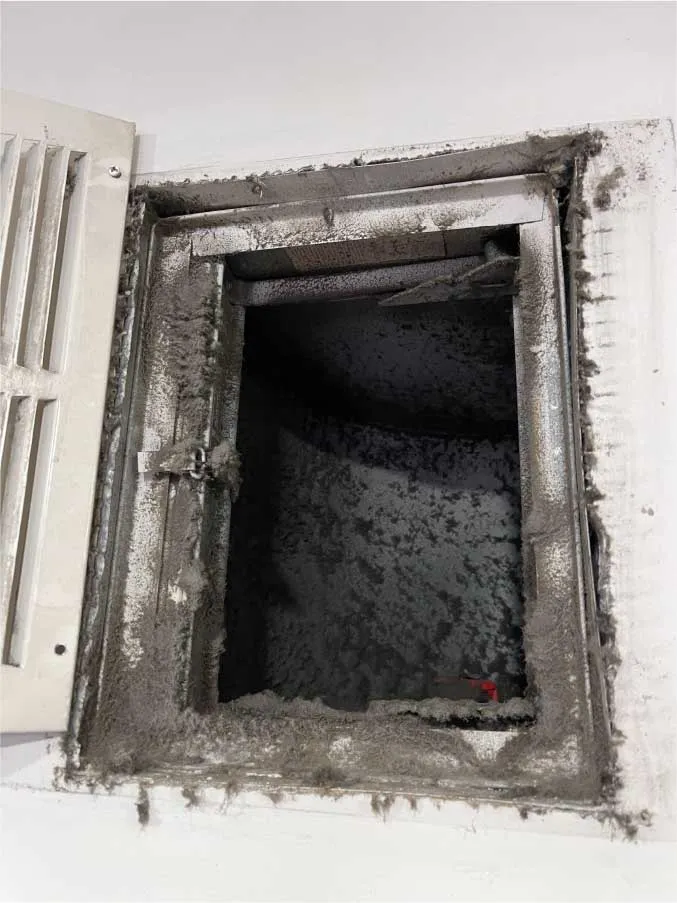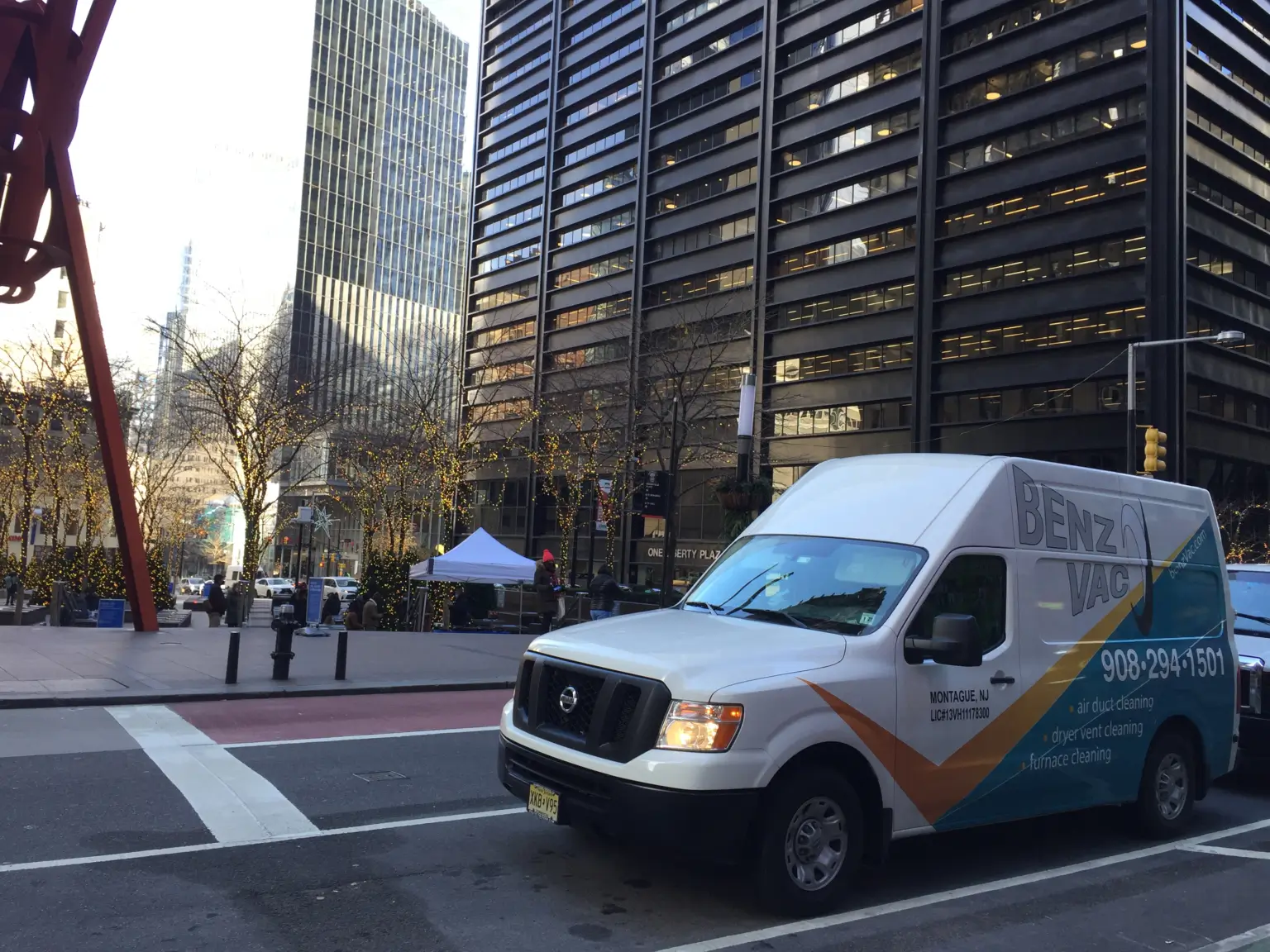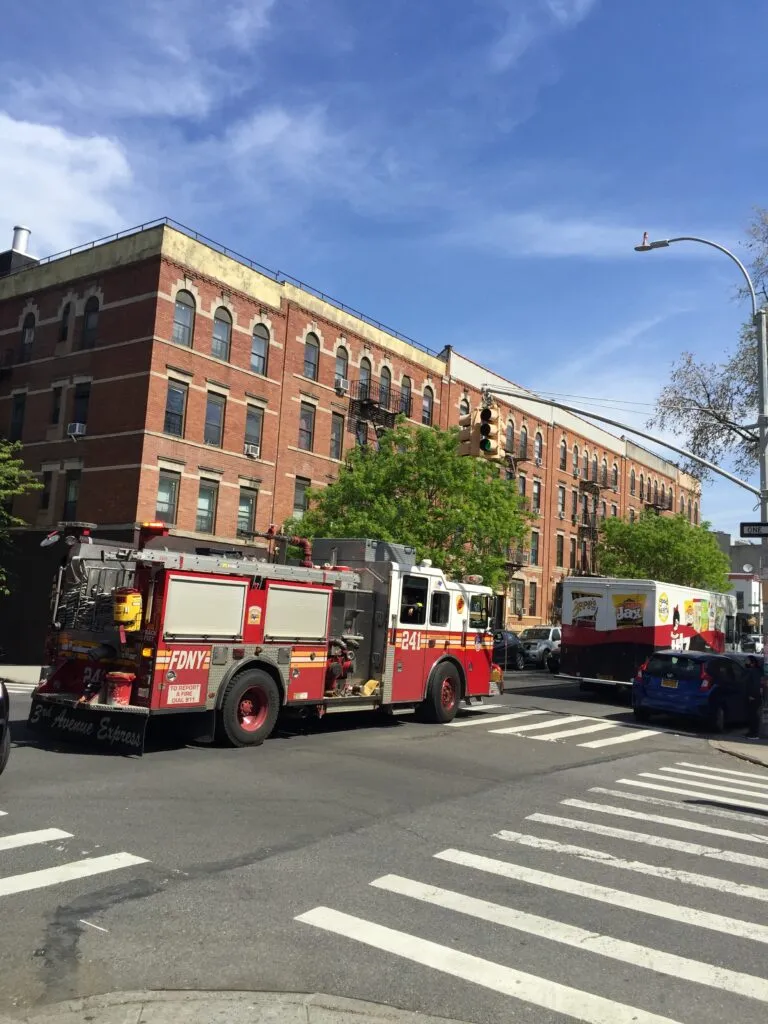Air Quality is #1 priority for any Senior Living Facility. Why? Let’s discuss.
The importance of air duct cleaning can’t be overstated in assisted living and hospice care facilities. High-risk patients need to breathe clean, safe air indoors, for Senior Living Facility air quality.
Keeping a senior living facility safe and energy efficient requires dryer vent and air duct inspections and cleaning. Professional duct cleaning is the only way to make sure your ducts are clean and operating efficiently in your senior living facility.
Regular dryer vent and air duct inspections and cleaning are essential for a senior living facility‘s safety. Often, it happens that there are too many things to do each day for many maintenance staff, so they neglect these essentials.
Consequently, the property may have higher energy bills and a higher fire risk. As a senior living facility, you’re committed to keeping your residents safe and secure. By finding the right commercial maintenance providers, you can feel at ease and get your job done faster.
Senior Living Facility air quality
A well-maintained air duct system is one of the most significant aspects of senior living facilities. However, most people don’t even think about the dust, allergens, dirt, mold, chemicals, and other contaminants that collect in buildings’ HVAC systems.
Air duct cleaning has the purpose of eliminating mold, dust, and buildup to prevent diseases from spreading and improve residents’ overall health. Using HVAC UV lights can further improve indoor air quality, as UV lights kill bacteria by destroying their DNA.
A professional air duct cleaning company follows an extensive duct inspection and cleaning process to make sure the ducts are cleaned right away.
The duct cleaning professionals will not stop until all debris has been removed from your ductwork. They also make sure your residents are breathing safe and fresh air throughout the year after the initial inspection.
What’s In Your Ductwork?
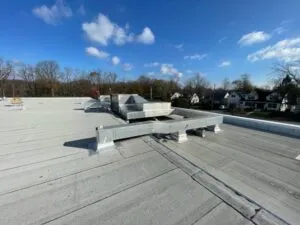 Air Duct Cleaning Senior Living Facility
Air Duct Cleaning Senior Living Facility
You’ve got ducts in your house that circulate air heated by your furnace or cooled by your air conditioner. Air travels through these ducts easily, but they can have some unpleasant hazards.
Ductwork can get clogged with pollen, bacteria, dust mites, and microbial growth over time. Even cleaning sprays and other household products can leave chemicals behind.
Your ductwork’s pollutants may produce a sticky layer that facilitates dust and dirt accumulation. Since you may not be able to see inside your ducts, they may be covered in a heavy coating of dust, thus deteriorating your indoor air quality.
Influence on Indoor Air Quality
You get five to seven airflow changes per day from your HVAC system. You can spread pollution throughout the home with your heating and cooling if you have dirty ducts.
Your ducts can pick up pollutants from other parts of the house, like the attic, if your ductwork leaks. Your indoor air quality will go down, and you’ll end up venting pollutants through all your air ducts.
How Indoor Air Quality Affects Your Health
The quality of your indoor air can have a big impact on your health. It’s more difficult for the elderly, especially if they have asthma, allergies, or a weakened immune system. Wheeze, breathlessness, and cough are associated with airborne particles in nursing homes, especially for people over 80.
Taking care of Air Quality for older people
The health and happiness of seniors depend on clean, fresh air. Contaminated air can leave them prone to various diseases. So, it can be said that good air quality for older people is essential for their health and comfort.
Buildings can quickly become breeding grounds for bacteria, fungi, and viruses without proper ventilation and filtration. A senior’s quality of life depends on the kind of air quality for older people available in the senior living facility.
Just a few changes can improve the air quality of your senior living facility and make seniors happier and healthier.
It’s important for seniors to feel comfortable where they live. Whatever the setting is, seniors and staff should feel positive about the place they live. You can tell how healthy and comfortable your facility is by the air quality. You can improve indoor air quality in a senior living facility with these five tips.
- UV Air Purification
There are germicidal lights that kill bacteria and viruses in specific applications. UV-C light changes the DNA of the pathogen, making it impossible for it to multiply. UV-C stops viruses from spreading because it kills pathogens. Schools, hospitals, clean rooms, medical labs, and elder care centers all use UV-C light.
The UVC lights can be mounted in the ductwork of an air conditioning system or in a small housing made up of a fan, UVC light, and filters. In addition to being easy to install, these units run on single-phase power and are suitable for rooms with up to 30 or 40 occupants.
By using UV-C, you can kill mold, bacteria, and viral spores, making it hard for them to spread. Air conditioning systems with UV-C will run more efficiently year-round because it keeps the coils clean.
- Premium Quality Filters
Make sure you install high-quality air filters in your senior living facility so that the air quality is improved. In addition to collecting dust and pollen from the air, these filters will also catch other allergens. The removal of these particles can improve the health of seniors at your facility.
However, a regular air filter change is recommended (at least once a month), especially if the air is dusty or dirty. Without regular cleaning, filters become clogged with dust and dirt, which decreases their ability to filter pollutants. As a result, your senior living facility will be surrounded by more pollution.
- Air Purifiers
Air purifiers are ideally suited for commercial or residential use. With easy installation and deployment, air purifiers are easy to use. An air purifier works in minutes to kill 99.9% of viruses, bacteria, mold, and VOCs, thus enabling seniors in a senior living facility to breathe clean air.
Filtering and UV-C are different because one sterilizes the air and the other cleans it.
- Duct Cleaning and Dryer vent Cleaning
In an attempt to make sure that the air quality for older people in a senior living facility is healthy, you should not forget regular duct cleaning and dryer vent cleaning. This way, the building will be protected from dust and contaminants.
Make sure your ducts are cleaned every few months by a professional using high-quality equipment. It is a better idea not to clean ducts yourself and to let a professional air duct cleaning company use its expertise and specialized tools to inspect and clean the ducts in your senior living facility.
- Humidity Control
You can notice a difference in indoor air pollution concentrations based on the humidity inside. For example, humidity keeps the air moist, making it easier for mold to grow.
Indoor humidity should be between 30 and 50 percent. Find out if the humidity in your setting is appropriate by using a moisture or humidity gauge. Vaporizers and humidifiers can increase humidity.
So if you intend to increase the humidity in your environment, you can use humidifiers or vaporizers. Open the windows when it’s not humid outside to reduce humidity. Set the humidifier to a lower setting if it’s warm.
Dryer Vent Cleaning in Senior Living Facility
Lint and debris can build up in dryer vents in commercial settings. 15500 dryer fires happen each year because of this extra lint. Furthermore, excess lint and debris can contribute to clogging and increase energy consumption, in addition to posing a fire risk.
There is a risk of dryer vents catching fire if they are not cleaned frequently enough. Even though the dryer seems to be in good working order, a clogged dryer vent could cause a fire to start, and it can quickly spread to other parts of the building, including the rest of the commercial building.
Dryer fires can be significantly reduced, if not completely eliminated, by regular commercial dryer vent cleaning. You want to make sure your seniors are safe in your facility. With a professional air duct cleaning service, you can make sure that seniors living in the facility are safe from dryer vent fires.
I hope you take part in maintaining the clothes dryer and its venting if you own, manage, work at, or live in a multi-resident facility. Ensure that the lint filter is clean after each load. Keeping the area around the dryer clean will allow it to heat and cool most efficiently.
You should let a manager or staff member know if a dryer runs too hot or takes a lot of cycles. The long duration of cycles and excessively hot dryer indicates that the dryer is either broken or clogged. In both cases, a dryer poses a fire risk to the facility where it is installed and used.
Keeping dryer vents in proper working order should be a regular maintenance task for managers and maintenance teams. The maintenance you do on your clothes dryer can make a big difference to other people.
Dryer vent cleanings aren’t all the same. Most of the time, a handyman or an uncertified maintenance person shouldn’t deal with dryer vents. A failed attempt to clean a dryer vent can damage the venting material and clog it up.
If you have a dryer vent cleaned by an inexperienced person using the wrong equipment, you can end up with less than desired results.
The Elderly and Air Quality
Getting older makes it harder for your body to make up for environmental hazards. Diabetes, chronic obstructive pulmonary disease, and COPD can all be made worse by air pollution. The result is more medication use, more visits to the doctor, more hospital stays, and even death.
Pollutants such as ozone and particulate matter (PM) (especially PM 2.5) can affect older adults’ health the most. The development of chronic bronchitis and premature death have been linked to fine particle pollution. Respiratory diseases can be aggravated by ozone, even at low levels.
What Kind Of People Are Affected By Air Pollution?
The effects of air pollution can be felt by everyone, especially after long-term exposure. Concerning air pollution, some groups may be more vulnerable. These groups might be affected differently by different pollutants.
Some of the pollutants can trigger asthma symptoms in people, whereas particle pollution is more likely to affect people with heart disease.
It’s more likely to affect:
Heart Patients
Pollution can cause palpitations, chest pain, and wheezing. Heart patients should immediately seek medical help when these symptoms occur
Those with Lung Disease
The effects of air pollution might be particularly detrimental for people with acute or chronic respiratory illnesses. When exposed to excessive air pollution, such people should consult their doctors if they feel any symptoms.
Asthmatics
Air pollution triggers asthma attacks and worsens symptoms. In such cases, people with asthma should have an updated action plan as agreed upon with their doctor.
Some types of air pollution can be more harmful at certain phases:
Pregnant Women
Long-term exposure to high air pollution can affect pregnancies, resulting in low birth weight or preterm birth.
Children
Children are more susceptible to the harmful effects of air pollution because their lungs, immune systems, and metabolic processes are in the growth phase. Also, children get respiratory infections all the time. They play outside more than adults, so they breathe in more pollution.
According to studies, this happens more frequently after elongated exposure to elevated concentrations instead of just a few days. Short-term increases in air pollution don’t seem to affect lung development permanently. ·
It’s especially difficult for some kids who have asthma, cystic fibrosis, and other chronic lung conditions.
Older People
Usually, air pollution is talked about in terms of how bad it is for kids and young people, but it’s less widely known that it’s bad for older people too, especially those with heart disease, COPD, and breathing problems already.
Due to weaker immune systems or undiagnosed respiratory and cardiovascular illnesses, older people are more susceptible to air pollution. Age makes people’s bodies less able to deal with environmental hazards.
Contaminated air can worsen lung diseases such as chronic bronchitis or chronic obstructive pulmonary disease (COPD).
Community Commercial Dryers and Laundry Rooms
To ensure that your community commercial dryers and laundry rooms enable efficient and sustainable washing/drying practices, you should:
Ensure Your Laundry Room Has Enough Light
Washers and dryers often remain unused in the dark corners of laundry rooms. In your laundry room, make sure there’s enough lighting so residents can get the most out of it. It’ll also make it safer for residents to do laundry all night long if you keep all areas of the laundry room lit.
Replace Your Old Washers And Dryers With Energy-Efficient Ones
A good way to go green is to reduce your property’s carbon footprint. Laundry room energy costs can be cut with energy-efficient commercial laundry equipment. The latest washers and dryers also provide remote diagnostics so you can find problems and fix them before a tech has to come out.
Maintaining Community Commercial Dryers and Laundry Rooms
- Provide residents with instructions on how to use hot water and dry their clothes according to the guidelines, which have been shown to kill germs and bacteria.
- Hand sanitizing stations should be installed in common areas to promote the maintenance of cleanliness. There are many areas on your property where hand sanitizer can be found, such as entryways, fitness centers, and laundries, which make it very convenient to do this.
- Regularly disinfect the dryers and laundry rooms. You should do this more often with the most touching parts of the rooms. These include washer and dryer doors and control panels, vending machines, door handles, and coin or money changers.
- The room should be equipped with a sink and antibacterial hand soap, as well as signage encouraging people to properly wash their hands.
- Upgrade to a commercial washer and dryer with advanced design features and controls that can help to achieve maximum dryer efficiency.
Commercial Dryer Vents: How to Clean Them Correctly
Cleaning your commercial dryer vents and hoses with a credible air duct cleaning company is the most effective way to get rid of lint and material buildup. Lint and crushed hoses are some of the things a professional dryer vent cleaner looks for.
Cleaning your dryer vents can increase their efficiency and safety as well as make them work better.
Final Thoughts
An assisted living or senior living facility can’t ignore the importance of air duct cleaning. The air indoors needs to be clean and safe for high-risk patients. Inspections and cleanings of dryer vents and air ducts are essential for senior living facilities.
Your senior living facility needs professional duct cleaning to keep the ducts clean and running smoothly.

